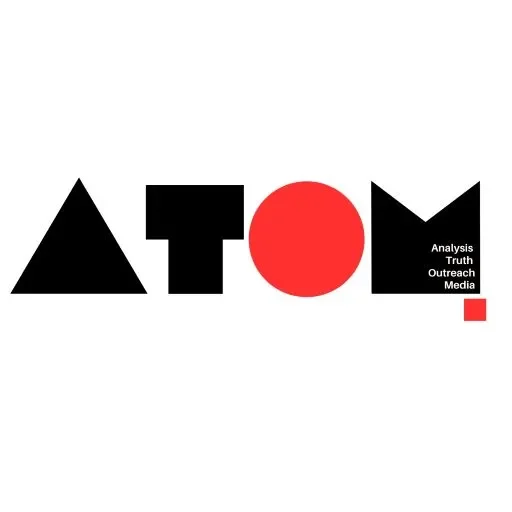The Reserve Bank of India (RBI), the central bank of India, is being approached by a consortium of four prominent European banks for approval of a novel clearing model. This development comes amidst an ongoing impasse between these European banks’ home regulators and Indian policymakers regarding audit oversight rights.
Breaking the Impasse: Third-Party Model as a Potential Solution
According to a source with knowledge of the situation, a high-level meeting took place last month between representatives of the four European banks and top RBI officials. The primary purpose of this meeting was for the European banks to propose a third-party clearing model as a potential solution to the current roadblock. The source further elaborated that the absence of established regulations governing such an arrangement necessitated seeking the RBI’s approval.
Understanding the Impasse: Audit Oversight Rights and Regulatory Friction
The nature of the impasse remains undisclosed, but it likely centers on the issue of audit oversight rights. European regulators likely seek greater scrutiny over the Indian operations of these banks, particularly regarding their clearing and settlement activities. However, Indian policymakers might have reservations regarding the extent of such oversight, potentially leading to friction between the two regulatory bodies.
Third-Party Clearing Model: Potential Advantages and Considerations
The proposed third-party clearing model presents a potential avenue to circumvent the current impasse. In this model, a neutral third-party entity would be responsible for overseeing the clearing and settlement of transactions between the European banks and their Indian counterparties. This approach could offer several advantages:
- Enhanced Transparency and Trust: The involvement of a neutral third-party could foster greater transparency and trust in the clearing process, addressing concerns from both European regulators and Indian policymakers.
- Streamlined Operations: A well-established third-party clearing model could potentially streamline clearing and settlement processes, leading to increased efficiency and reduced costs for all parties involved.
- Regulatory Compliance: The third-party entity would be responsible for ensuring compliance with all relevant regulations, mitigating potential friction between European and Indian regulatory bodies.
- However, implementing a third-party clearing model would also necessitate careful consideration of several factors:
- Selection of the Third-Party Entity: Identifying a reputable and experienced third-party entity with a strong understanding of both European and Indian financial regulations would be crucial.
- Cost Implications: The involvement of a third-party would likely incur additional costs for the European banks and potentially for Indian counterparties involved in transactions.
- Operational Integration: Seamless integration of the third-party clearing system with the existing infrastructure of both European banks and Indian market participants would be essential for smooth operations.
The Path Forward: Negotiations and Regulatory Approval
The success of this proposed model hinges on successful negotiations between the European banks, the RBI, and potentially the European regulatory bodies involved. The RBI will need to carefully evaluate the proposal, considering the potential benefits and drawbacks, before granting its approval.
Potential Implications for the Indian Financial Market
If implemented successfully, a third-party clearing model could have broader implications for the Indian financial market. It could potentially:
Attract More Foreign Investment: By facilitating smoother participation of European banks in the Indian market, this model could potentially attract further foreign investment.
Enhance Market Efficiency: Increased efficiency in clearing and settlement processes could contribute to a more efficient and robust Indian financial market.
Set a Precedent for Future Collaborations: This innovative approach could pave the way for future collaborations between Indian and foreign market participants, fostering a more open and interconnected financial ecosystem.
A Potential Turning Point?
The proposal for a third-party clearing model marks a significant development in the ongoing discussions between European banks, Indian policymakers, and regulators. If successful, this model could resolve the current impasse, pave the way for increased European participation in the Indian market, and contribute to the overall growth and efficiency of the Indian financial system. However, careful consideration and collaboration between all stakeholders will be essential to ensure the successful implementation of this innovative approach.
Read more: Marketing News, Advertising News, PR and Finance News, Digital News

